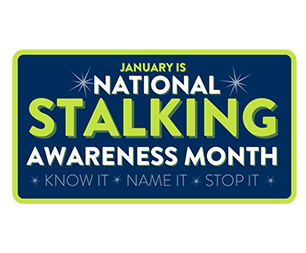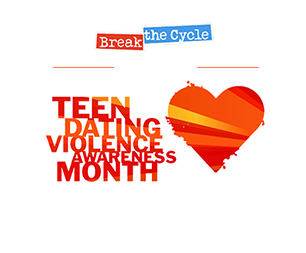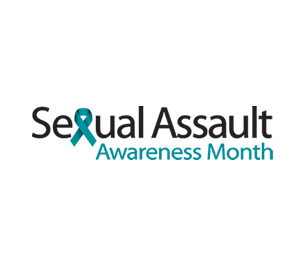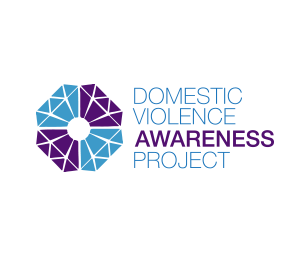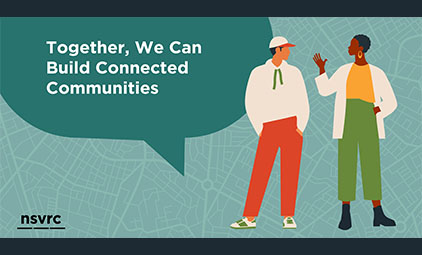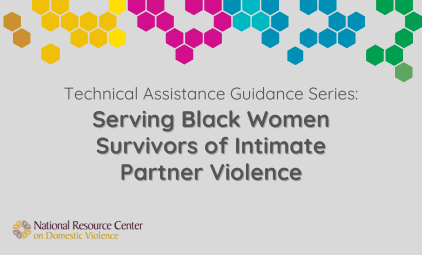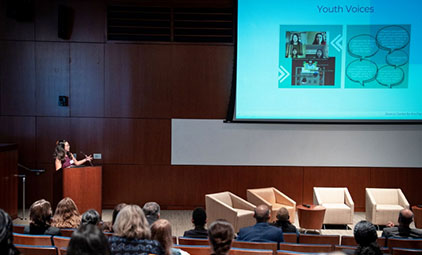By Marci Taitt-Lamar, Program Innovation Director and Justine Robillard, Senior Communications Specialist with the National Resource Center on Domestic Violence
Historically, academic language has been used as a gatekeeping mechanism. This is the language of white-led educational institutions and many mainstream organizations. It was designed to keep people out of places where power is held, and decisions are made. Specifically, to keep out Black and brown people, people with disabilities, women, and those who are economically impoverished.
It is another way white supremacy shows up in our movement and world. The more education you get or the more specialized your field, the more you are trained to intellectualize your spoken and written words. Thus, the more people you leave behind or “keep out.”
We’ve all been conditioned into a heavily white supremacist form of academia. It starts with having had the ability to go to school. Then we learn to fluff up our writing to meet required page length/word counts. Then we include fancy jargon or vocabulary that is specific to a particular trade, profession, or group. These function much like the “inside jokes” of vocabulary. Language we use in our professions but that folks outside our profession will not “get.”
When we move away from plain language and towards complicated wording and discipline-specific language, we prioritize people who already work in our field, and for whom English as a first language. When we use plain language, we center language access. Plain language is accessibility. Accessibility and language access must be priorities within our organizations so that our services and written materials can reach more people, including people with limited English proficiency and for whom English is not a first language.
Writing in plain language is a tool to advance racial equity. It is an important step in dismantling white supremacy practices and anti-Blackness.
Check out Sandra Fisher-Martins’ TED talk about the impact of plain language and information design in public documents. Sandra Fisher-Martins runs Português Claro. Português Claro is a training and consultancy firm that has introduced plain language in Portugal. Sandra has helped Portuguese organizations and government agencies communicate clearly since 2007. The video is in Portuguese and nicely subtitled in English.
The right to understand [English Subtitled] | Sandra Fisher Martins | TEDxO'Porto
So, what is plain language?
Most people think plain language is dumbing down content. But that is not it at all. Plain language is communication that your audience or readers can understand the first time they hear or read it.
Plain language is for ALL audiences, not just those outside of the gender-based violence movement. Individuals within your own circles will be able to read faster, comprehended more, and remember more when reading things in plain language.
Plain language means prioritizing your audience. It demonstrates that their needs are first. Writing in plain language means writing clearly. We are all busy. People do not have time to read through and translate difficult, wordy documents. Most people tend to scan documents rather than read them. So plain language:
- Gets right to the point by organizing the most important content first.
- Takes out unnecessary words. For example, “we discussed” instead of “we met early in the morning to discuss.”
- Helps the reader find the information by using lists and titles.
- Helps the reader understand the information by explaining or eliminating jargon or difficult vocabulary.
“Jargon is unnecessarily complicated language used to impress, rather than to inform, your audience.” (PlainLanguge.gov)
Examples of jargon:
- Survivorship
- All of the acronyms we use in the movement:
- DVAM (Domestic Violence Awareness Month)
- NRCDV (National Resource Center on Domestic Violence)
- DV (Domestic Violence)
- SA (Sexual Assault)
- Technical Assistance
- Commonly Used Terms in Cases Involving Domestic Violence by the DC Coalition Against Domestic Violence
Writing in plain language
We are taught that me must use academic language to prove we are knowledgeable. Teaching ourselves to lean into plain language instead of leaning on academia is hard! Here are some quick tips.
 1. Think about your audience
1. Think about your audience
- Is English their first language?
- Why are they reading?
- What might readers take with them?
- Do they have previous experience with your topic?
2. Use the Grandmother Rule
Sandra Fisher-Martins recommends writing for your grandma. Meaning you use clear and straightforward language. You are respectful, but you don’t patronize her. Here are three techniques:
- Start with what is most important. Grandma is busy. She doesn’t have time to read three full pages, just to get to the point.
- Use short sentences. If the sentences are too long, by the time she gets to the end, she won't remember the beginning.
- Use simple words—those that grandma already knows.
3. Try reading your writing out loud
- Talk it out. Try explaining out loud what you are trying to say. You can do this yourself or try talking it out with someone.
- What do you find yourself having to clarify or explain more than once?
- What language do you use to clarify?
Re-writing and editing for plain language
Just a reminder that plain language is straight to the point and clear, but anything but boring or dumbed down. Re-writes might be shorter because writing clearly means weeding out extra words and jargon. However, re-writes may be longer as they also mean adding lists so that the information is easier to consume, and explaining words and terminology that are important, but your entire audience may not know.
1. Weeding out unnecessary information in communications:
Last night, I was watching the news and thought to myself that I ought to be more thorough in my contract review processes. I'm reaching out because I'm wondering if you would be able to review...
Rewrite: Are you available to review this contract?
2. Weeding out extra words and perimeters:
Staff feel trusted within the scope of their expertise and responsibility and with the resources of the organization, to make good choices and decisions that, while not exactly what everyone else would decide, still work. There is room for creativity.
Rewrite: NRCDV trusts their staff. The organization gives staff the freedom to make decisions in their work. Creativity is welcomed.
3. Weeding out extra words & adding a list to make the information easier to digest:
Organizational Responsibility: Within the limits posed by funder requirements, staff have opportunities to grow, offer leadership, take on new challenges and develop new skills. Staff have opportunities for teamwork. Staff have opportunities to participate in internal and external workgroups and meetings, where they can contribute to the development of products and other efforts that are beneficial for NRCDV’s key constituents.
Rewrite:
Organizational Responsibility:
Within the limits of funder requirements, staff are given opportunities to:
- grow,
- offer leadership,
- take on new challenges,
- develop new skills,
- take part in teamwork,
- take part in internal and external workgroups and meetings, and
- contribute to efforts that are beneficial for NRCDV’s key constituents.
Tools to check and test your readability level:
These tools give you a “grading” for the level of readability. Jakob Nielsen of Nielsen Norman Group suggests writing at a 6th to 8th grade reading level for very broad audiences.
Note that these resources are English based. There just aren’t as many resources and online tools for other languages. And these linked apps do not work across languages (as of the time this was written). The recommendations we found online for readability in other languages suggest counting the number of words and syllables and plugging them into algorithms. Let’s just be real, that is time that advocates just do not have.
We value your input!
So, that’s where we are at the National Resource Center on Domestic Violence as of now. What we would love to know more about is plain language and readability tips and tools in other languages. As we continue to build our toolbox and attempt to make our own work more accessible, we value your input. Do you know of any readability tools or plain language resources in English and/or other languages? We are in this journey together and would be honored to learn from and with you. Please reach out to us at nrcdvTA@nrcdv.org.
Other resources to learn more:
A Plain Language Guide About Ableism & Violence
Self Advocacy Resource and Technical Assistance Center (SARTAC) teamed up with the Vera Institute of Justice to make this booklet about ableism and violence. It was written for people with disabilities to understand ableism and violence. It’s a great example of a publication written in plain language.
Elements of plain language, guidelines from the US government
Joe Kimble, a law professor and a major force in plain language in the United States, published this October 2002 article in the Michigan Bar Journal.
Eight Simple Tips You Need to Write in Plain English
This January 2019 article by Boni Wagner-Stafford offers helpful tips for writing in plain English.
NSVRC Podcast: Using Plain Language to Talk about Sexual Assault, Abuse, and Harassment
In this episode of Resource on the Go from August 2020, Louie Marven, Megan Thomas, and Laura Palumbo share all about NSVRC’s new online learning tool that explores how to use plain language to communicate more effectively about sexual assault, abuse, and harassment.
NSVRC eLearning Course: Plain Language for Sexual Assault, Abuse, and Harassment
This 30-minute course explains why plain language is important for messaging about sexual violence and provides opportunities to practice using plain language. Users must create a free account to access the course.
Rewriting documents
This resource from PlainLanguage.org offers a helpful example of a document rewrite.
The right to understand (TED Talk)
This talk from TEDxO'Porto in 2011 features Sandra Fisher-Martins who runs Português Claro, a training and consultancy firm that introduced plain language in Portugal and has been helping Portuguese companies and government agencies communicate clearly since 2007.










